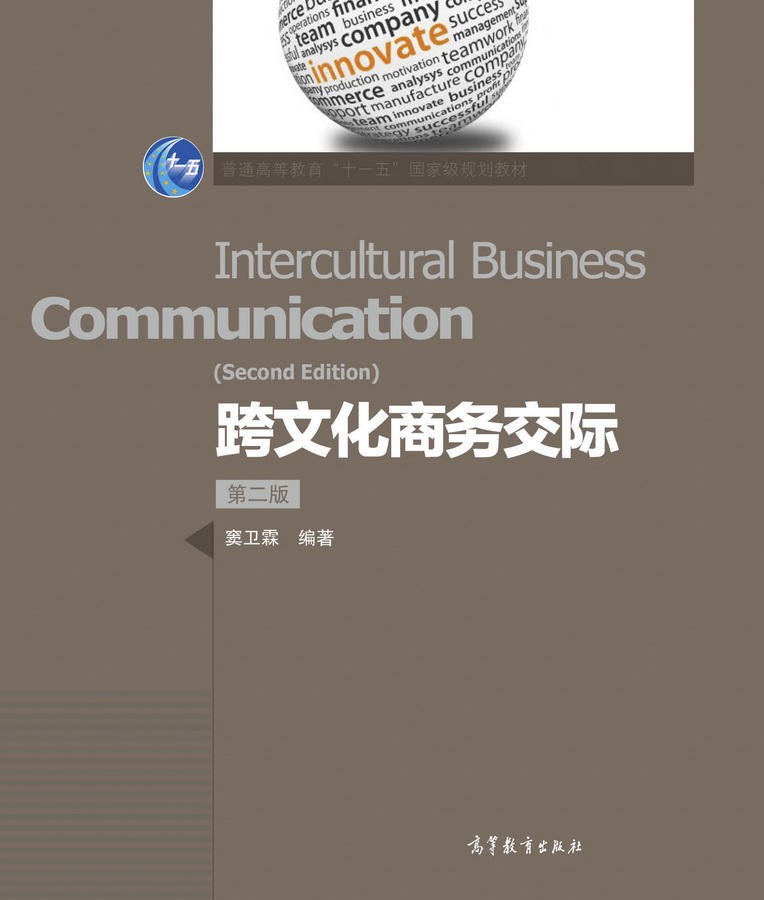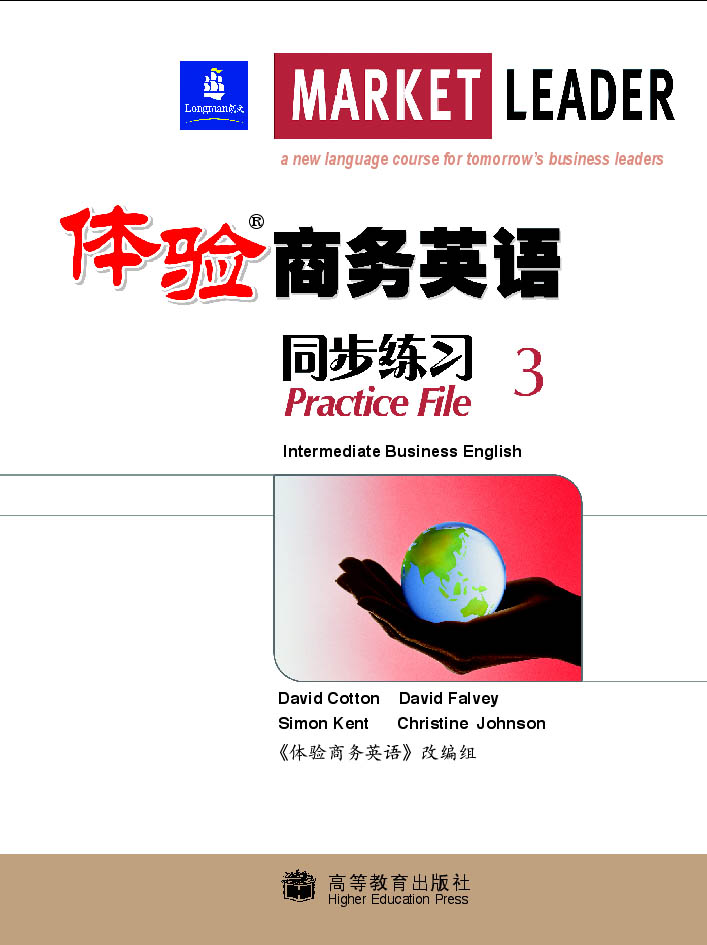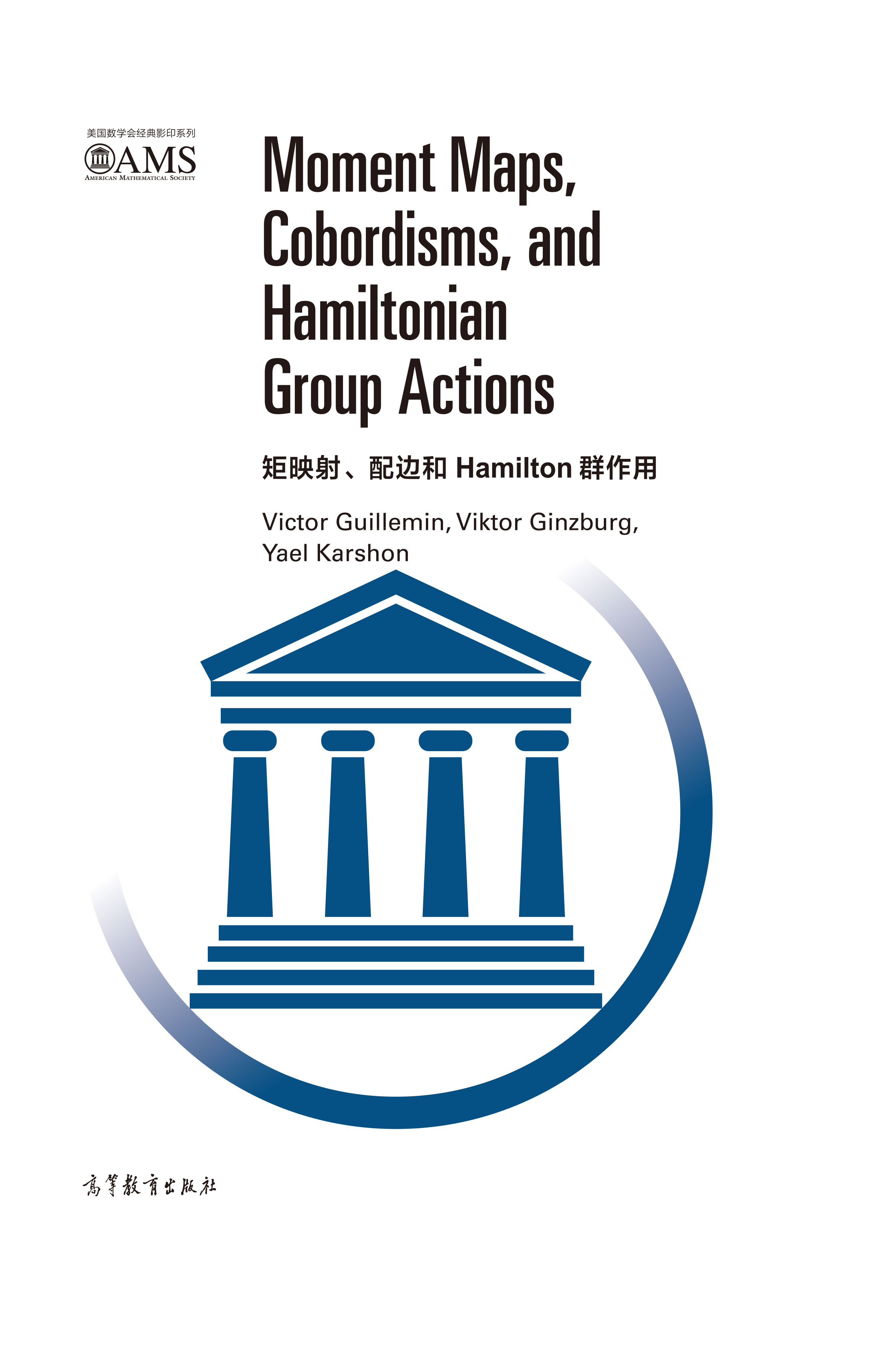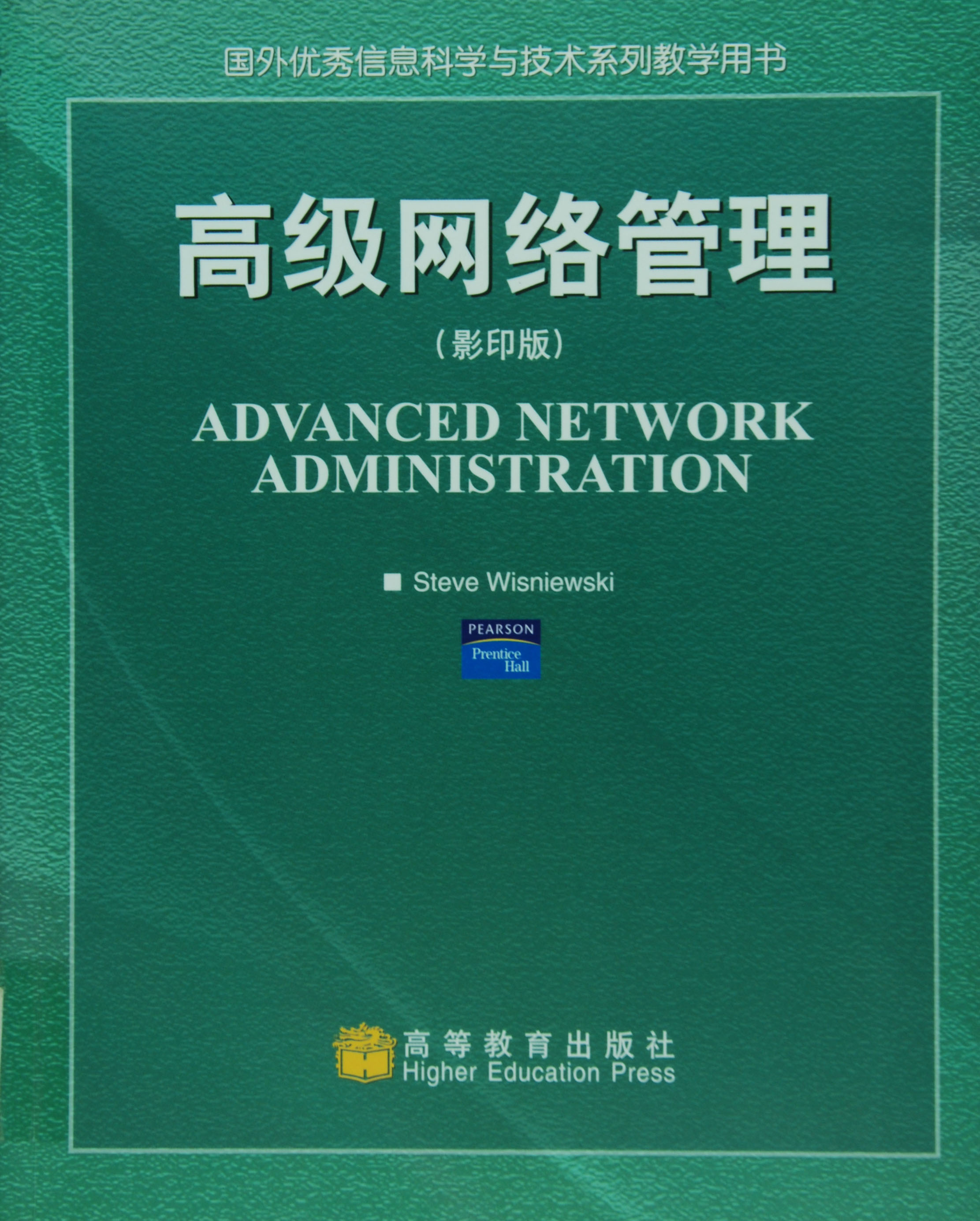几何群论(影印版)
作者: Mladen Bestvina等
出版时间:2023-03
出版社:高等教育出版社
- 高等教育出版社
- 9787040593105
- 1版
- 458705
- 48266220-2
- 精装
- 16开
- 2023-03
- 700
- 424
- 理学
- 数学类
- 数学类
- 本科 研究生及以上
前辅文
Mladen Bestvina, Michah Sageev, Karen Vogtmann Introduction
Michah Sageev CAT(0) Cube Complexes and Groups
Introduction
Lecture 1. CAT(0) cube complexes and pocsets
1. The basics of NPC and CAT(0) complexes
2. Hyperplanes
3. The pocset structure
Lecture 2. Cubulations: from pocsets to CAT(0) cube complexes
1. Ultrafilters
2. Constructing the complex from a pocset
3. Examples of cubulations
4. Cocompactness and properness
5. Roller duality
Lecture 3. Rank rigidity
1. Essential cores
2. Skewering
3. Single skewering
4. Flipping
5. Double skewering
6. Hyperplanes in sectors
7. Proving rank rigidity
Lecture 4. Special cube complexes
1. Subgroup separability
2. Warmup - Stallings’ proof of Marshall Hall’s theorem
3. Special cube complexes
4. Canonical completion and retraction
5. Application: separability of quasiconvex subgroups
6. Hyperbolic cube complexes are virtually special
Bibliography
Vincent Guirardel Geometric Small Cancellation
Introduction
Lecture 1. What is small cancellation about?
1. The basic setting
2. Applications of small cancellation
3. Geometric small cancellation
Lecture 2. Applying the small cancellation theorem
1. When the theorem does not apply
2. Weak proper discontinuity
3. SQ-universality
4. Dehn fillings
Lecture 3. Rotating families
1. Road-map of the proof of the small cancellation theorem
2. Definitions
3. Statements
4. Proof of Theorem 3.4
5. Hyperbolicity of the quotient
6. Exercises
Lecture 4. The cone-off
1. Presentation
2. The hyperbolic cone of a graph
3. Cone-off of a space over a family of subspaces
Bibliography
Pierre-Emmanuel Caprace Lectures on Proper CAT(0) Spaces and Their Isometry Groups
Introduction
Lecture 1. Leading examples
1. The basics
2. The Cartan–Hadamard theorem
3. Proper cocompact spaces
4. Symmetric spaces
5. Euclidean buildings
6. Rigidity
7. Exercises
Lecture 2. Geometric density
1. A geometric relative of Zariski density
2. The visual boundary
3. Convexity
4. A product decomposition theorem
5. Geometric density of normal subgroups
6. Exercises
Lecture 3. The full isometry group
1. Locally compact groups
2. The isometry group of an irreducible space
3. de Rham decomposition
4. Exercises
Lecture 4. Lattices
1. Geometric Borel density
2. Fixed points at infinity
3. Boundary points with a cocompact stabiliser
4. Back to rigidity
5. Flats and free abelian subgroups
6. Exercises
Bibliography
Michael Kapovich Lectures on Quasi-Isometric Rigidity
Introduction: What is Geometric Group Theory?
Lecture 1. Groups and spaces
1. Cayley graphs and other metric spaces
2. Quasi-isometries
3. Virtual isomorphisms and QI rigidity problem
4. Examples and non-examples of QI rigidity
Lecture 2. Ultralimits and Morse lemma
1. Ultralimits of sequences in topological spaces
2. Ultralimits of sequences of metric spaces
3. Ultralimits and CAT(0) metric spaces
4. Asymptotic cones
5. Quasi-isometries and asymptotic cones
6. Morse lemma
Lecture 3. Boundary extension and quasi-conformal maps
1. Boundary extension of QI maps of hyperbolic spaces
2. Quasi-actions
3. Conical limit points of quasi-actions
4. Quasiconformality of the boundary extension
Lecture 4. Quasiconformal groups and Tukia’s rigidity theorem
1. Quasiconformal groups
2. Invariant measurable conformal structure for qc groups
3. Proof of Tukia’s theorem
4. QI rigidity for surface groups
Appendix.
1. Hyperbolic space
2. Least volume ellipsoids
3. Different measures of quasiconformality
Bibliography
Mladen Bestvina Geometry of Outer Space
Introduction
Lecture 1. Outer space and its topology
1.1. Markings
1.2. Metric
1.3. Lengths of loops
1.4. Fn-trees
1.5. Topology and Action
1.6. Thick part and spine
1.7. Action of Out(Fn)
1.8. Rank 2 picture
1.9. Contractibility
1.10. Group theoretic consequences
Lecture 2. Lipschitz metric, train tracks
2.1. Definitions
2.2. Elementary facts
2.3. Example
2.4. Tension graph, train track structure
2.5. Folding paths
Lecture 3. Classification of automorphisms
3.1. Elliptic automorphisms
3.2. Hyperbolic automorphisms
3.3. Parabolic automorphisms
3.4. Reducible automorphisms
3.5. Growth
3.6. Pathologies
Lecture 4. Hyperbolic features
4.1. Complex of free factors Fn
4.2. The complex Sn of free factorizations
4.3. Coarse projections
4.4. Idea of the proof of hyperbolicity
Bibliography
Dave Witte Morris Some Arithmetic Groups that Do Not Act on the Circle
Abstract
Lecture 1. Left-orderable groups and a proof for SL(3, Z)
1A. Introduction
1B. Examples
1C. The main conjecture
1D. Left-invariant total orders
1E. SL(3, Z) does not act on the line
1F. Comments on other arithmetic groups
Lecture 2. Bounded generation and a proof for SL(2, Z[α])
2A. What is bounded generation?
2B. Bounded generation of SL(2, Z[α])
2C. Bounded orbits and a proof for SL(2, Z[α])
2D. Implications for other arithmetic groups of higher rank
Lecture 3. What is an amenable group?
3A. Ponzi schemes
3B. Almost-invariant subsets
3C. Average values and invariant measures
3D. Examples of amenable groups
3E. Applications to actions on the circle
Lecture 4. Introduction to bounded cohomology
4A. Definition
4B. Application to actions on the circle
4C. Computing H2 b (Γ;R)
Appendix. Hints for the exercises
Bibliography
Tsachik Gelander Lectures on Lattices and Locally Symmetric Spaces
Introduction
Lecture 1. A brief overview on the theory of lattices
1. Few definitions and examples
2. Lattices resemble their ambient group in many ways
3. Some basic properties of lattices
4. A theorem of Mostow about lattices in solvable groups
5. Existence of lattices
6. Arithmeticity
Lecture 2. On the Jordan–Zassenhaus–Kazhdan–Margulis theorem
1. Zassenhaus neighborhood
2. Jordan’s theorem
3. Approximations by finite transitive spaces
4. Margulis’ lemma
5. Crystallographic manifolds
Lecture 3. On the geometry of locally symmetric spaces and some
finiteness theorems
1. Hyperbolic spaces
2. The thick–thin decomposition
3. Presentations of torsion free lattices
4. General symmetric spaces
5. Number of generators of lattices
Lecture 4. Rigidity and applications
1. Local rigidity
2. Wang’s finiteness theorem
3. Mostow’s rigidity theorem
4. Superrigidity and arithmeticity
5. Invariant random subgroups and the Nevo–Stuck–Zimmer theorem
Bibliography
Amie Wilkinson Lectures on Marked Length Spectrum Rigidity
Introduction
Lecture 1. Preliminaries
1. Background on negatively curved surfaces
2. A key example
3. Geodesics in negative curvature
4. The geodesic flow
Lecture 2. Geometry and dynamics in negative curvature
1. Busemann functions and horospheres
2. The space of geodesics and the boundary at infinity
3. The Liouville current, the cross ratio and the canonical contact form
4. Summary: a dictionary
Lecture 3. The proof, Part I: A volume preserving conjugacy
1. Otal’s Proof
Lecture 4. The proof, Part II: Volume preserving implies isometry
Final Comments
Bibliography
Emmanuel Breuillard Expander Graphs, Property (τ ) and Approximate Groups
Foreword
Lecture 1. Amenability and random walks
A. Amenability, Folner criterion
B. Isoperimetric inequality, edge expansion
C. Invariant means
D. Random walks on groups, the spectral radius and Kesten’s criterion
E. Further facts and questions about growth of groups and random walks
F. Exercise: Paradoxical decompositions, Ponzi schemes and Tarski numbers
Lecture 2. The Tits alternative and Kazhdan’s property (T)
A. The Tits alternative
B. Kazhdan’s property (T)
C. Uniformity issues in the Tits alternative, non-amenability and Kazhdan’s property (T)
Lecture 3. Property (τ ) and expanders
A. Expander graphs
B. Property (τ )
Lecture 4. Approximate groups and the Bourgain-Gamburd method
A. Which finite groups can be turned into expanders?
B. The Bourgain-Gamburd method
C. Approximate groups
D. Random generators and the uniformity conjecture
E. Super-strong approximation
Appendix. The Brooks-Burger transfer
Bibliography
Martin R. Bridson Cube Complexes, Subgroups of Mapping Class Groups, and Nilpotent Genus
1. Introduction
2. Subgroups of mapping class groups
3. Fibre products and subdirect products of free groups
4. A new level of complication
5. The nilpotent genus of a group
6. Cubes, RAAGs and CAT(0)
7. Rips, fibre products and 1-2-3
8. Examples template
9. Proofs from the template
10. The isomorphism problem for subgroups of RAAGs and Mod(S)
11. Dehn functions
Bibliography







